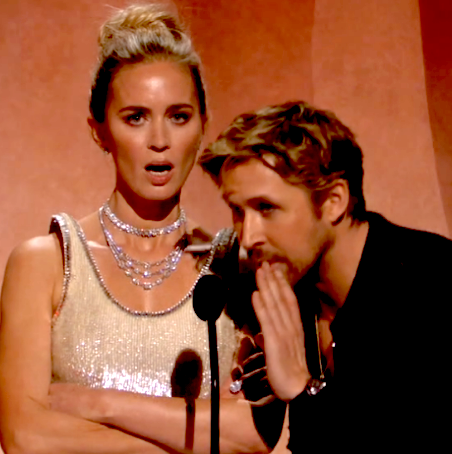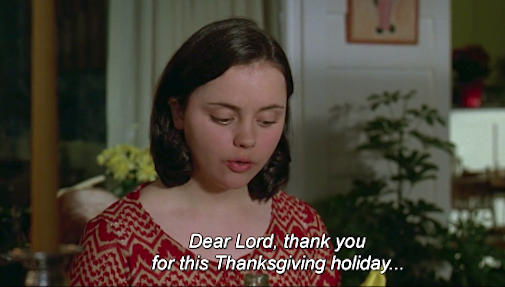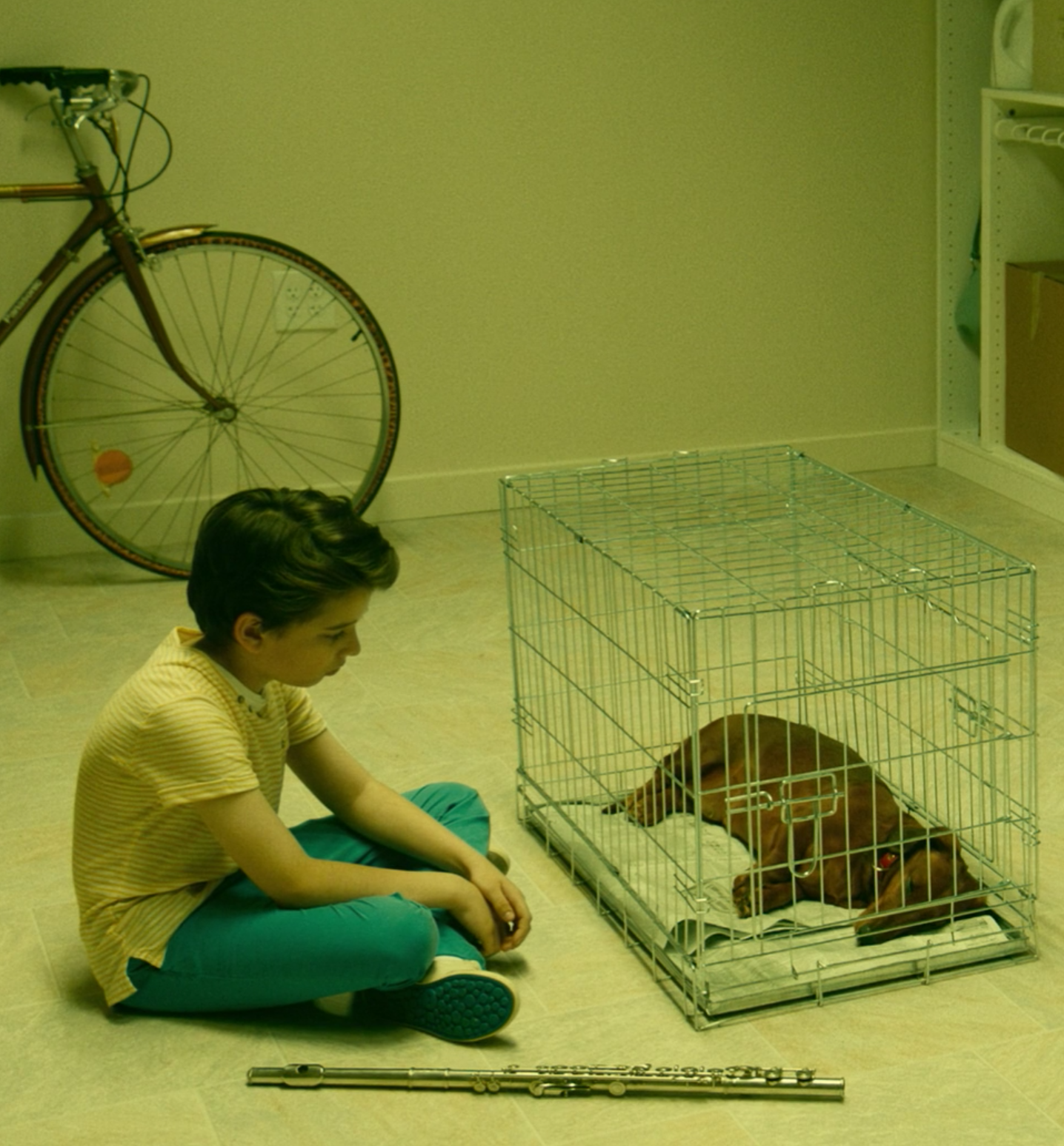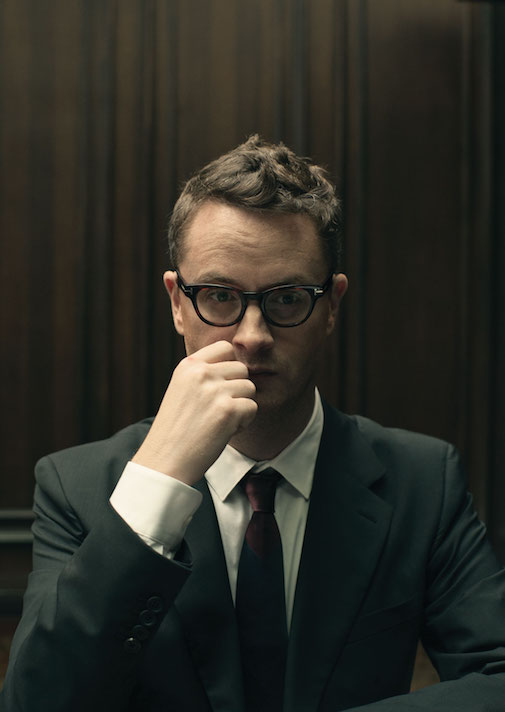 Nicolas Winding Refn. Photographed by Tom Hoops for Lab MagazineNicolas Winding Refn, the Danish auteur whose made a career of candy colored violent films after grimier movies at home, is both exactly what you'd expect and unexpected. The expected: he's a little bit eccentric pacing the room rather than sitting, a little intimidating, and a little impish -- it's difficult to know if he truly means what he says in some instances, or if he has just mastered the art of provocation. The unexpected: he's relatively friendly, surprisingly generous about his collaborators despite the auteur's ego, very tall, thin and surprisingly attractive, something you wouldn't necessarily think since he's so often been photographed with inhuman gods like Ryan Gosling who make everyone but other movie stars look crumpled and basic.
Nicolas Winding Refn. Photographed by Tom Hoops for Lab MagazineNicolas Winding Refn, the Danish auteur whose made a career of candy colored violent films after grimier movies at home, is both exactly what you'd expect and unexpected. The expected: he's a little bit eccentric pacing the room rather than sitting, a little intimidating, and a little impish -- it's difficult to know if he truly means what he says in some instances, or if he has just mastered the art of provocation. The unexpected: he's relatively friendly, surprisingly generous about his collaborators despite the auteur's ego, very tall, thin and surprisingly attractive, something you wouldn't necessarily think since he's so often been photographed with inhuman gods like Ryan Gosling who make everyone but other movie stars look crumpled and basic.
As we talk we find mutual ground in Christina Hendricks adoration ("the perfect woman," he says) but elsewhere it's like he's speaking a foreign language and I don't mean Danish. His films, though quite serious on the surface, betray a dark sense of humor, and yet it still surprises me to hear him drop "I think it would be fun to make a spy movie" as we're saying our goodbyes. Why is this surprising? I couldn't quite tell you but such is the fascination of meeting this singular director, whatever you make of his increasingly divisive movies.
Our interview follows....
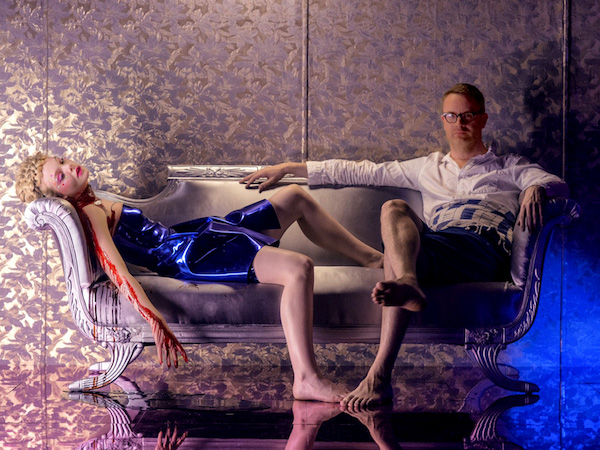
NATHANIEL: Let's talk about your opening scene. It's such a bold tableau. Did you ever worry you were coming on too strong. Like 'how will I top that first image?'
NICOLAS WINDING REFN: I'm setting the stage knowing that, if you look through the film, you'll see the same dynamic in all the other scenes of death and beauty.
NATHANIEL: So you're laying the theme.
NWR: I'm laying the theme right on. Most films -- storytelling in mass media -- start slowly, introducing. Eventually it gets to some kind of dramatic point in the first act. That means the second act is how do we solve it and the third act is resolution. But i don't necessarily believe that's the right order...
Click to read more ...
 Wednesday, November 23, 2016 at 3:00PM
Wednesday, November 23, 2016 at 3:00PM 


